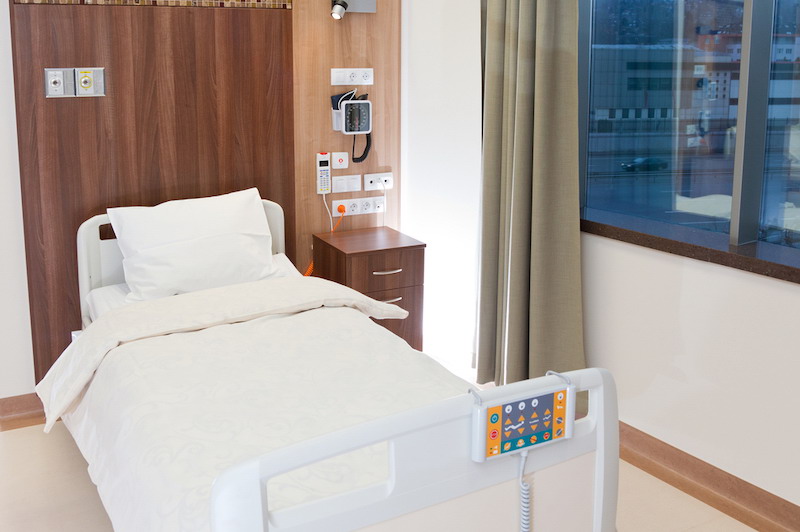The world’s hospitals have a big problem with infectious diseases. Because their very existence is rooted in treating sick people, hospitals are a hotbed for all sorts of germs. That means every visit to a hospital or outpatient clinic puts the patient at risk. The risk is greater in some parts of the world than others, as evidenced by a recent report from UNICEF.
Alsco, a nationwide uniform and linen service that was instrumental in developing standards for hygienically-clean linens, says that hospital hygiene goes well beyond lab coats and bed linens. In other words, we already know that hospital uniforms and bed linens are easily contaminated with pathogens. We already know that germs can be spread from one patient to the next as doctors and nurses make their rounds. But there are a lot of other things to be concerned about too.
Lack of Clean Water
We take for granted that our hospitals in the West will have access to clean water at all times. Yet in many parts of the world, clean water is a luxury. According to the UNICEF report, more than 50% of the healthcare facilities found in Liberia do not have water service. In Myanmar, 27% of the nation’s hospitals don’t have access to clean, running water.
Without water service, keeping a hospital clean is nearly impossible. Matters are made worse if the facility has to rely on dirty water to clean as best it can. It’s no wonder that infectious diseases are so rampant in some places.
Lack of Disinfectants
Soap, bleach, and commercial disinfectants are something else we take for granted in the West. In hospitals throughout North America and Europe, staff follow strict cleaning protocols aimed to disinfect hospital spaces, tools, linens, and uniforms. But in other parts of the world, hospitals don’t even have access to enough hand soap. And where there’s no hand soap, their likely is no alcohol-based hand sanitizer either.
A More Comprehensive Approach
Lack of clean water and disinfectants only scratch the surface. The UNICEF report suggests that in certain parts of Africa, one in 10 hospitals do not offer toilet facilities. Instead, patients are using pit and bucket latrines and exposing themselves to all sorts of pathogens in the process.
Conditions here in the West are pristine by comparison. However, we have our own problems with superbugs like MRSA. Our over reliance on antibiotics for the last several decades has created an untenable situation that allows certain kinds of bacteria and viruses to easily adapt to the drugs we use to fight them.
The long and short of it all is that we need a more comprehensive approach to hospital hygiene. In the West, it starts with hygienically-clean uniforms and bed linens. It also includes being more diligent about complete facility disinfecting and bringing an end to the overuse of antibiotics.
In other parts of the world, like Africa for example, a comprehensive approach begins with bringing their healthcare facilities up to modern standards. It means building water services and toilet facilities. It means providing access to hand soap, sanitizers, bleach, and commercial disinfectants.
A Matter of Life and Death
The rise of superbugs and certain infectious diseases is nothing to take lightly. It is a matter of life and death to anyone unfortunate enough to fall ill. Furthermore, it is a matter that is going to require a complete global rethinking of how we approach hospital hygiene. We must move beyond lab coats and bed linens to attack hospital hygiene in a comprehensive and holistic way.




